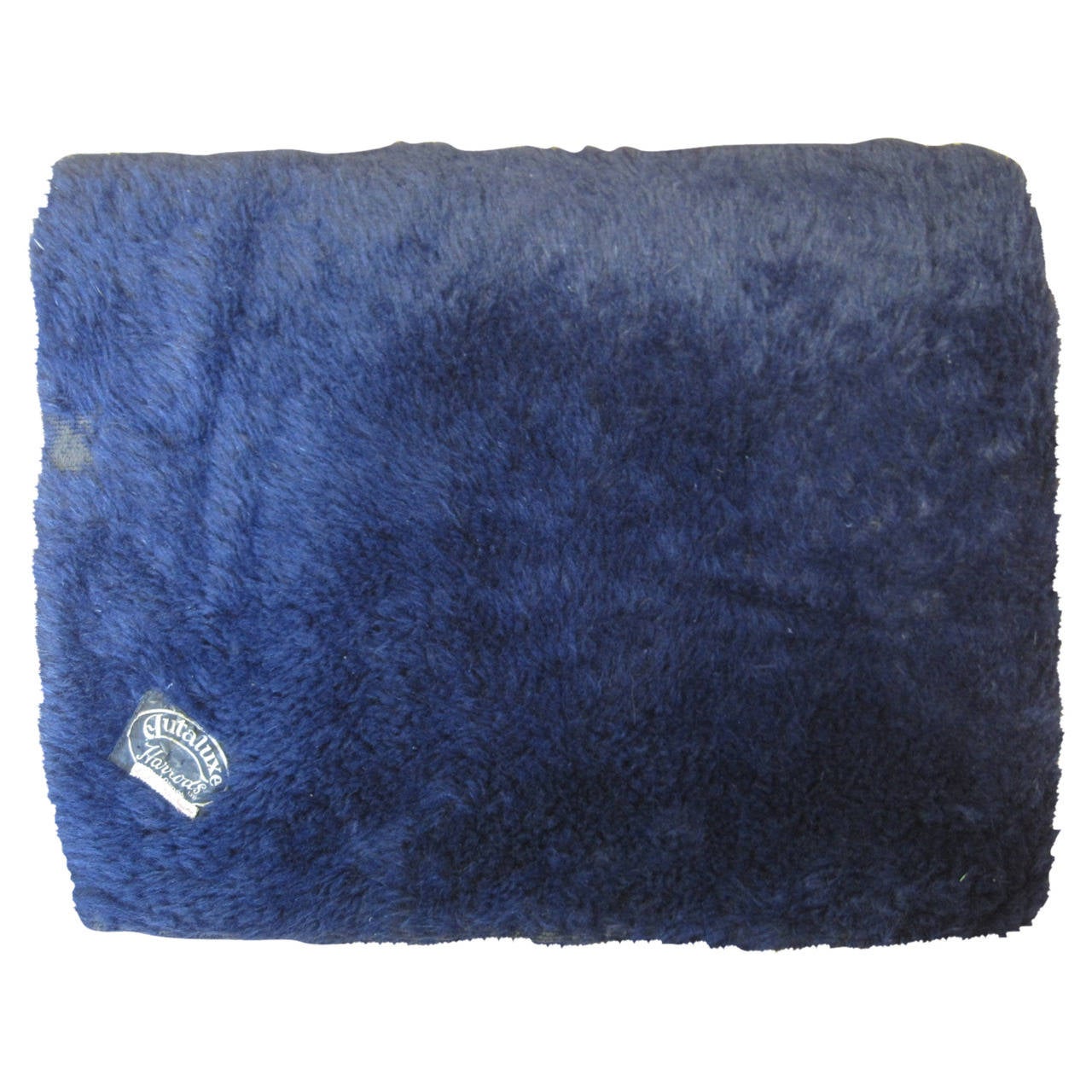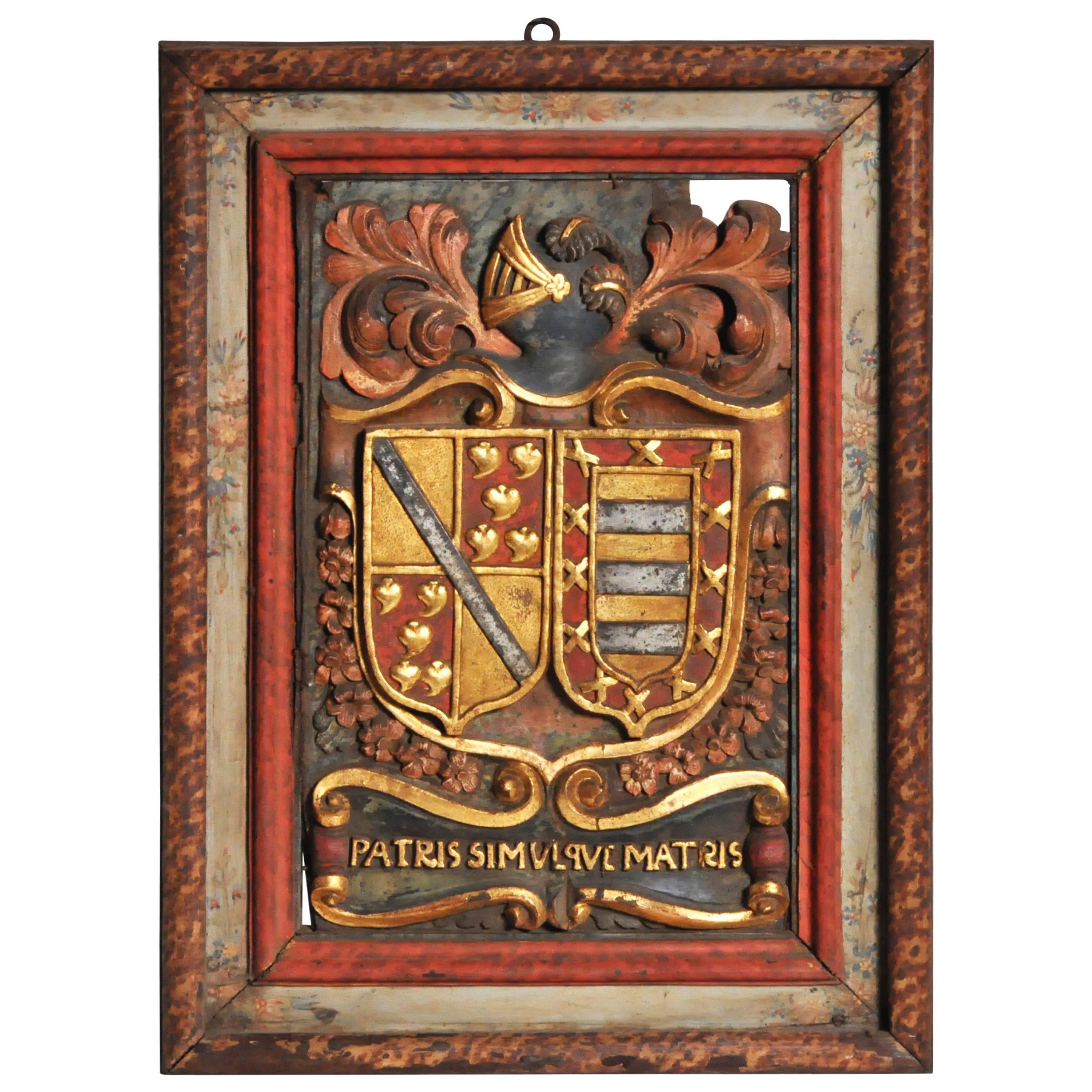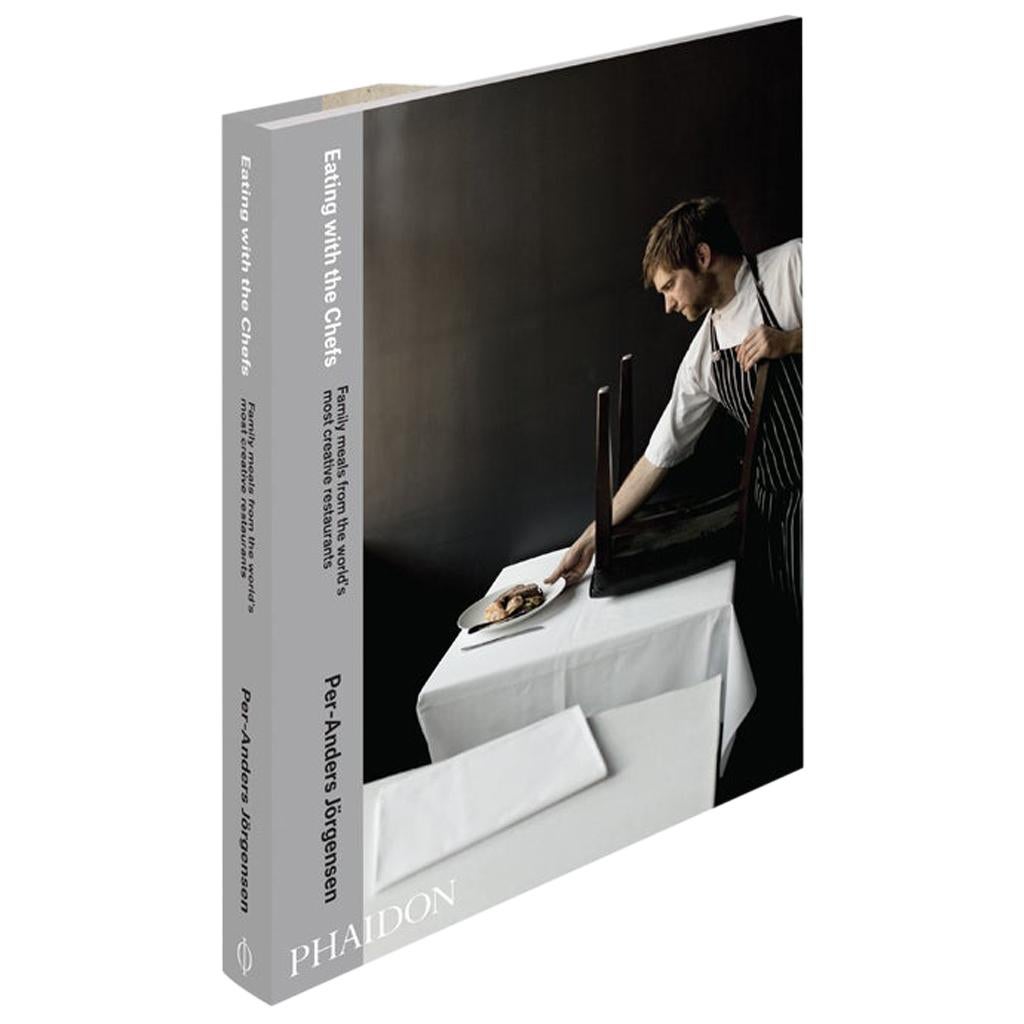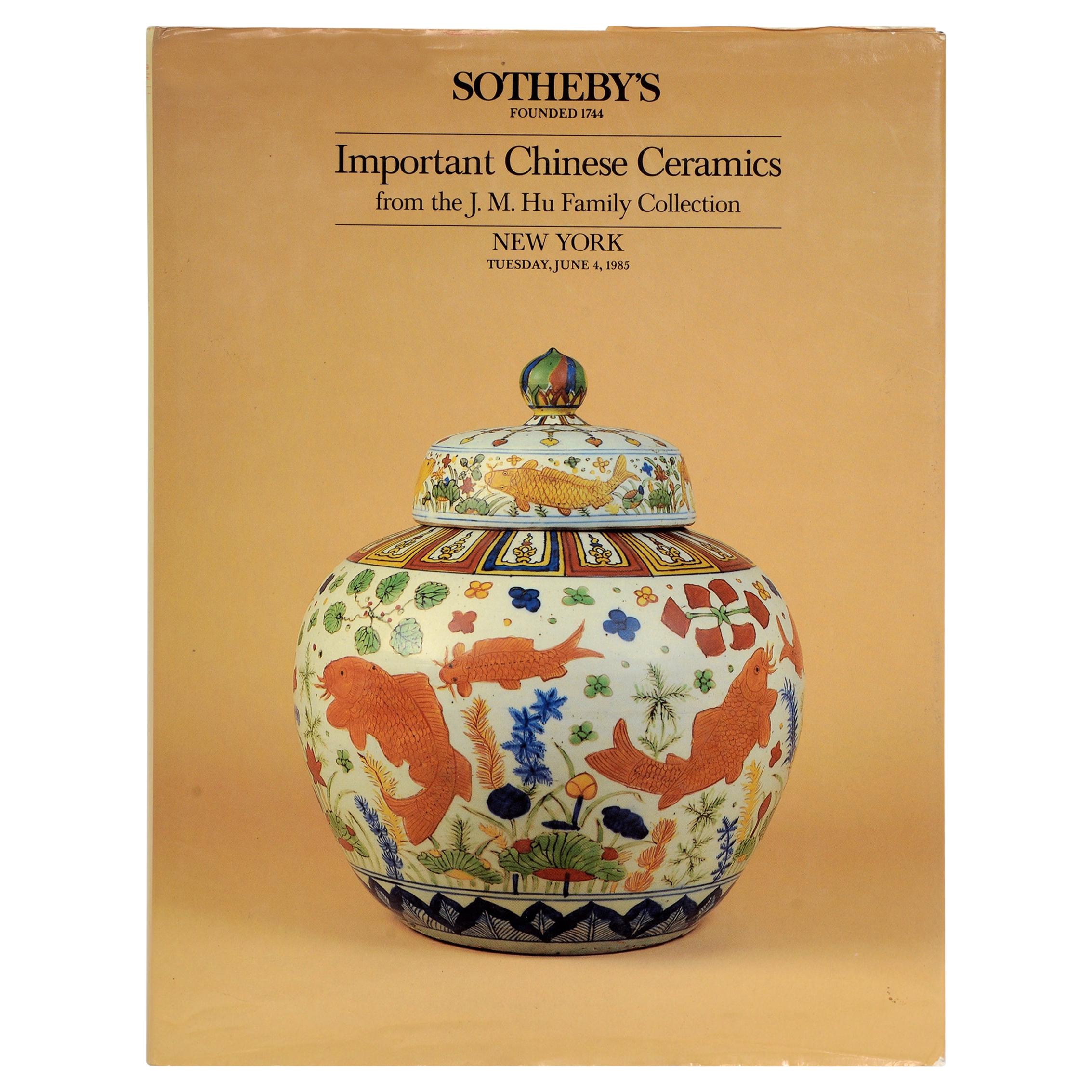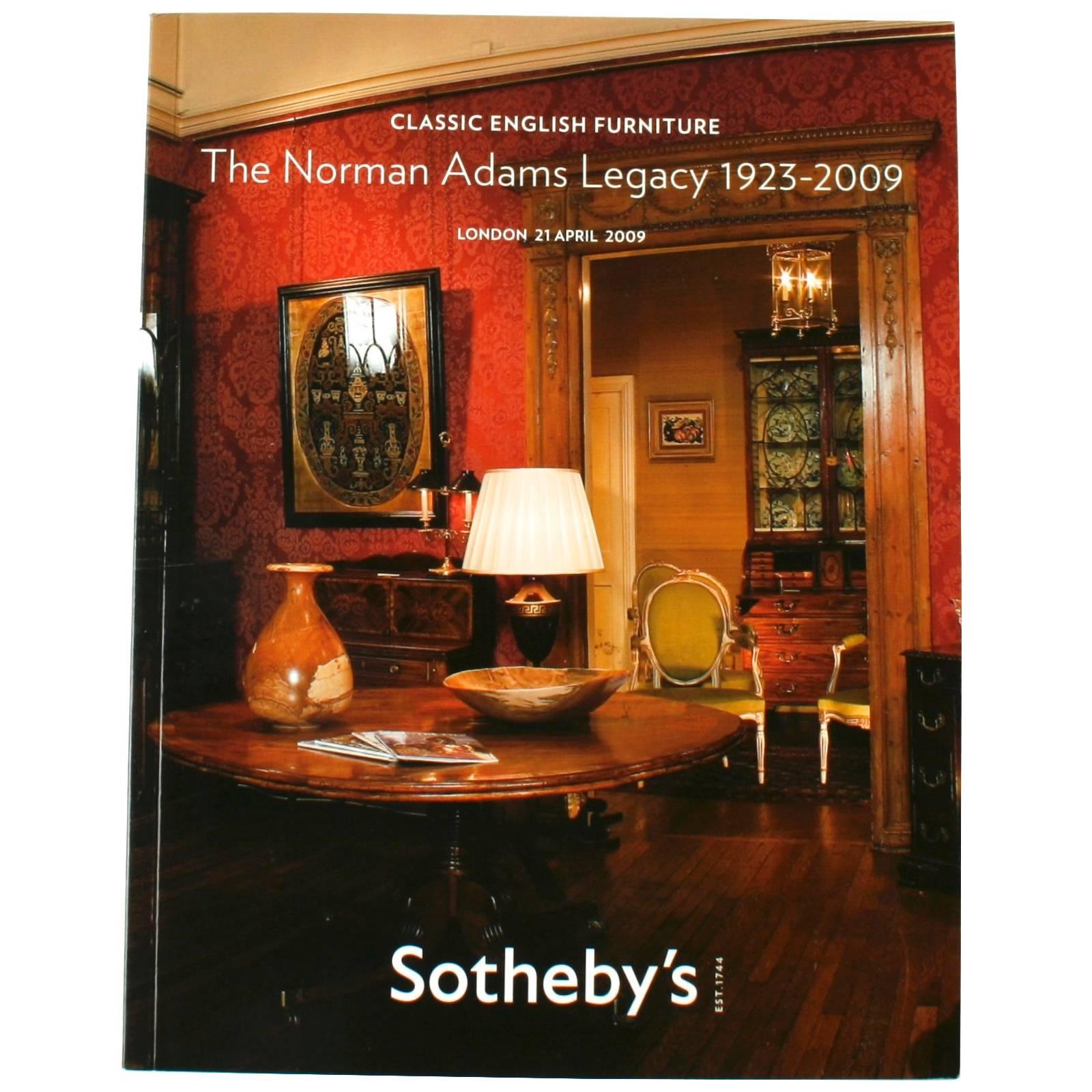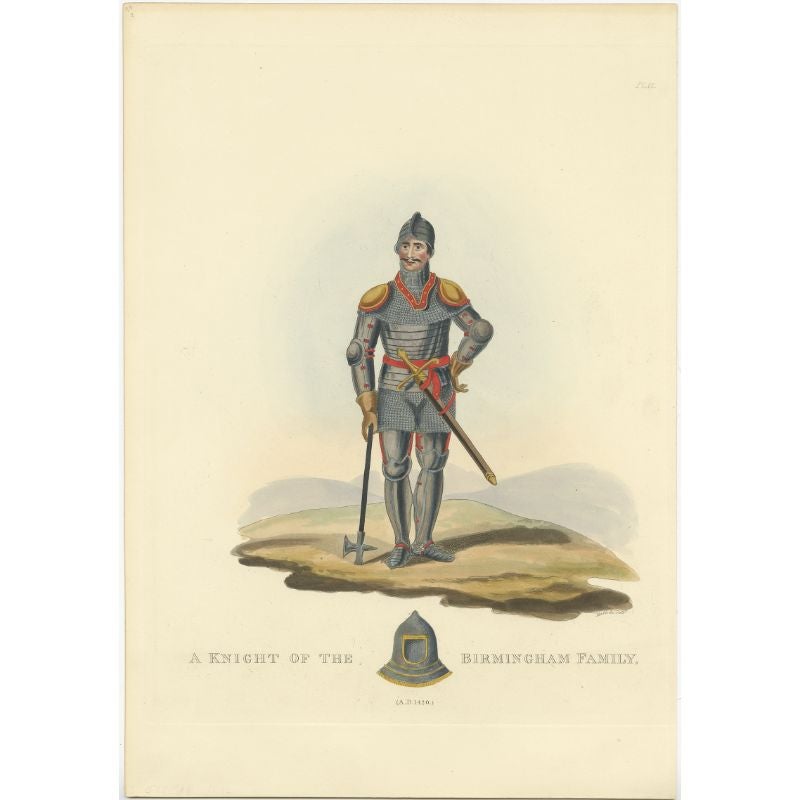Items Similar to A relic from the family of Bounty Mutineer John Adams: documented piece of Bark
Want more images or videos?
Request additional images or videos from the seller
1 of 6
A relic from the family of Bounty Mutineer John Adams: documented piece of Bark
About the Item
A relic from the family of Bounty Mutineer John Adams: An exceptionally rare documented piece of Bark Cloth from the Pitcairn Islands, with a fragment of paper pinned to it stating ‘Manufactured at Pitcairn’s Island, by the descendants of John Adams the Mutineer, from the bark of a tree.’
Provenance: Private collection, Hampshire
For similar examples see the collection of the British Museum (Oc1937,0308.1 and Oc1937,0308.2) each with the same handwriting as the example offered here, but signed ‘H. Porter’ and dated 1837 and another in the National Martime Museum, Greenwich.
John Adams (1767-1829)
John Adams (known as Alexander Smith) was the last survivor of the Bounty Mutineers, the disaffected crewmen, who, led by acting-Lieutenant Fletcher Christian, seized control of the ship from their captain, Lieutenant William Bligh, and set him and eighteen loyalists adrift in the ship’s open launch.
After a sojourn in Tahiti, Christian, the remaining mutineers and some native Tahitians, mainly women forcibly abducted, left on 22nd September 1799 in search of safe haven. He then formed the idea of settling on Pitcairn Island, far to the east of Tahiti; the island had been reported in 1767, but its exact location was never verified. After months of searching, Christian rediscovered the island on 15 January 1790, 188 nautical miles east of its recorded position. This longitudinal error contributed to the mutineers’ decision to settle on Pitcairn in the hope they would be undetected. On arrival the Bounty was unloaded and stripped of most of its masts and spars, for use on the island. It was set ablaze and destroyed on 23rd January 1790.
Although the settlers were able to survive by farming and fishing, the initial period of settlement was marked by serious tensions among the settlers. Alcoholism, murder, disease and other ills had taken the lives of most of the mutineers and Tahitian men. John Adams, Ned Young, and Matthew Quintal were the last three mutineers surviving in 1799 when the thuggish Quintal, while drunk, reportedly threatened to kill the entire community if he could not have Fletcher Christian’s widow as his own consort, and in response Adams and Young lured him to Young’s house and killed him with a hatchet. Having taken effective control of the 19-member strong colony after the 1793 massacre, Adams and Young then turned to the Scriptures using the ship’s Bible as their guide for a new and peaceful society. As a result, Adams and Young embraced Christianity and taught the children to read and write using the Bible. Young eventually died of an asthmatic infection in 1800, but Adams continued his work of educating the women and children. The Pitcairners also converted to Christianity. The Pitcairners would later convert from their existing form of Christianity to Adventism after a successful Adventist mission in the 1890s.
The American sailing ship Topaz was the first to rediscover Pitcairn in 1808. Adams was eventually granted amnesty for the mutiny. On 17 December 1825 Adams was married to Teio, or ‘Mary’. Teio had already borne Adams’ only son, George Adams, in 1804. Adams’ grave on Pitcairn is the only known grave site of a Bounty mutineer. It has a replacement headstone, the original lead covered wooden grave marker having been taken back to Britain where it is now on display in the National Maritime Museum in Greenwich, London.
The main settlement and capital of Pitcairn, Adamstown, is named after Adams.
Barkcloth
The barkcloth, or ahu in Tahitian, provided the principal material for clothing throughout the Society Islands, and could also be hung ornamentally, used as a partition or as bed-sheets. Barkcloth was produced by women using strips peeled from the soft inner bark of the tree – the Paper Mulberry, Bread-fruit and Fig were used. These strips were then soaked for several days before being beaten together into a continuous sheet using wooden beaters. The finished sheet was left in the sun to bleach, and vegetable dyes could then be pressed into the cloth using leaves and other vegetation to create patterns.
Further Information on our Blog
- Dimensions:Height: 2 in (5.08 cm)Width: 3 in (7.62 cm)Depth: 2 in (5.08 cm)
- Materials and Techniques:
- Place of Origin:
- Period:
- Date of Manufacture:19th Century
- Condition:Wear consistent with age and use.
- Seller Location:Lymington, GB
- Reference Number:1stDibs: LU973037651982
About the Seller
5.0
Recognized Seller
These prestigious sellers are industry leaders and represent the highest echelon for item quality and design.
Established in 1982
1stDibs seller since 2013
106 sales on 1stDibs
Typical response time: 4 hours
Associations
LAPADA - The Association of Arts & Antiques Dealers
- ShippingRetrieving quote...Ships From: Lymington, United Kingdom
- Return PolicyA return for this item may be initiated within 14 days of delivery.
More From This SellerView All
- George Edward Horton: the Launch of H.M.S. ‘Victoria’ from the Elswick ShipyardLocated in Lymington, HampshireGeorge Edward Horton: The Launch of H.M.S. ‘Victoria’ from the Elswick shipyard of Sir W. G. Armstrong Whitworth and Co. Ltd, Newcastle-upon-Tyne in 1887, watercolour and pencil heig...Category
Antique 1880s European Paintings
MaterialsPaint
- Carved and Shaped Teak Seat Back from the Launch of Minesweeper H M S BluebellLocated in Lymington, HampshireA carved and shaped teak seat back from the launch of minesweeper H M S Bluebell, of shaped rectangular form with a central panel with 3in brass lettering HMS Bluebell, with braced b...Category
Vintage 1910s English Nautical Objects
MaterialsTeak
- ‘Royal’ Barometer by John Russell, Watchmaker to the Prince RegentBy John RussellLocated in Lymington, HampshireThis superbly crafted wheel barometer and thermometer has a mahogany case surrounded by twisted brass stringing and central panels of foliate tendrils above Russell’s signature thistle motif in black and gilt verre églomisé. It is surmounted by a brass Prince of Wales feather finial. The long, rectangular thermometer plate is inscribed ‘Thermometers: Beaumar, Fahrenheit, Royal Society of London’, the latter being an early attempt to standardise temperature measurement. The circular dial is inscribed ‘Changeable, Fair, Settled Fair, Much Rain’ and ‘Rain’ and signed across the centre ‘J Russell, Falkirk, Invt et Fecit, Watch Maker to his R.H the Prince Regent’. The reverse has a paper label ‘Russell, Iden Collection Inventory 1896’. Scottish, circa 1815. Provenance: Mr Walter Iden. Published: Percy G. Dawson, The Iden Clock Collection, Woodbridge, 1987. No.125, p.280. These ‘royal barometers’ were so named because John Russell of Falkirk...Category
Antique 1810s Scottish Scientific Instruments
MaterialsMetal
- Large Elm Tiller from the Brixam Fishing Trawler 'Provident'Located in Lymington, HampshireA large elm tiller with a bronze helm and turned finial from the Brixham fishing trawler 'Provident', 1924 Provident details: Builder: J Sander...Category
Vintage 1920s English Sports Equipment and Memorabilia
- A racing flag from the Royal Sailing Yacht Britannia, circa 1936Located in Lymington, HampshireA racing flag from the Royal Sailing Yacht Britannia, circa 1936. This large racing flag was made from pieced wool bunting with machine stitched bunting and a canvas sleeve stamped ‘5’. It is of rectangular form with the Prince of Wales feathers enclosed in a ducal coronet and the motto ‘Ich Dien’ on a halved blue and red ground, later framed and glazed. It is accompanied by a black edged letter on Buckingham Palace writing paper dated 10th July 1936 saying ‘Dear Sir, I am commanded by the King and Queen Mary to send you these flags which were flown on board “Britannia” at various times during her career, including one of her racing flags. Their Majesties hope you will like to keep these in your club house as souvenirs of the old yacht. Yours Derek Keppell, Master of the Household, The Commodore, Royal Portsmouth Corinthian Yacht Club.” King George died on 20 January 1936 which explains the black edge to the letter. English, circa 1936. Height: 43in (109cm) Width:60in (152.5cm) Framed height: 57½ in (146 cm) Width: 81½ in (207cm) Provenance: Royal Naval Club & Royal Albert Yacht Club, Portsmouth R.S.Y. Britannia played an important part in preparing challengers for the America’s Cup. She was used as a trial horse for the Shamrocks and later, after conversion, for most of the ‘J’ Class yachts of the 1930s. Britannia was built in 1893 according to the plans of G. L. Watson for His Royal Highness the Prince of Wales, a keen and able helmsman. From the beginning, Britannia was a successful racing yacht winning races against Kaiser Wilhelm’s Meteors, among many others. Britannia won over two hundred races in her career — a record that has yet to be surpassed. She was beaten once by Navahoe, one of Herreshoff’s boats, but fared better against another America’s Cup yacht, Vigilant, winning twelve races out of seventeen. When Britannia was converted to race in the ‘J’ Class she was stripped of her bulwarks, given a one-piece mast and a Bermudan mainsail. The transition did not interrupt her run of success, although she performed best in hard weather. She was scuttled off the Isle of Wight at the dying request of George V. A grisaille by Charles Dixon of R S Y Britannia racnig at Cowes. Credit: Wick AntiquesCategory
Vintage 1930s English Nautical Objects
MaterialsTextile
- An original life ring from the America’s Cup yacht ‘Shamrock’, Royal Ulster YachLocated in Lymington, HampshireAn original life ring from the America’s Cup yacht ‘Shamrock’, Royal Ulster Yacht Club, the circular ring painted in gilt outlined in green ‘Shamrock V, R.U.Y.C.’, on a white ground,...Category
Antique 19th Century English Nautical Objects
MaterialsCanvas
You May Also Like
- "Dr. John Bodkin Adams "Blanket, the U.K.'s Notorious Serial KillerLocated in Hamilton, OntarioBlanket Owned by the U.K.'s Notorious "Dr. John Bodkin Adams." Free shipping within the United States and Canada. Look him up under "creep factor def con four” certainly not in the spirit of good taste but more in the spirit of a commitment to bring to the table the unique by definition items that for whatever reason ignite the senses, we present to you. A blanket that once called the seat of Dr. John Bodkin Adams’s Rolls Royce home. Who is Dr. John? None other than Britain’s second most notorious serial killer...Category
Mid-20th Century Historical Memorabilia
- Family Crest from a ChateauLocated in Chicago, ILThis family crest is from a chateau in France and is made from oakwood and gilt poly-chrome, circa 18th century.Category
Antique 18th Century French Decorative Art
MaterialsGiltwood, Oak
- Eating with the Chefs, Family Meals from the World's Most Creative RestaurantsLocated in New York City, NYEating with the Chefs documents the daily meal shared by chefs and front-of-house staff at eighteen top restaurants including Noma, Le Chateaubriand and The French Laundry. Capture...Category
21st Century and Contemporary European Books
MaterialsPaper
- Sotheby's Important Chinese Ceramics from the J. M. Hu Family Collection, 1985Located in valatie, NYSotheby's: Important Chinese Ceramics from the J. M. Hu Family Collection, June 4, 1985. 1st Ed hardcover with dust jacket. Important and catalog feat...Category
Vintage 1980s American Books
MaterialsPaper
- Norman Adams Auction Catalogue from Sotheby's LondonLocated in valatie, NYThe Norman Adams Legacy 1923-2009 auction catalogue from Sotheby's London of Classic English Furniture London held 21 April 2009. London: Sotheby's, 2009....Category
21st Century and Contemporary English Books
MaterialsPaper
- Antique Print of a Knight of the Birmingham Family, 1842Located in Langweer, NLAntique print titled 'A knight of the Birmingham Family'. Old print of a knight of the Birmingham family. This print originates from 'A critical inquiry into antient armour as it exi...Category
Antique 19th Century Prints
MaterialsPaper
Recently Viewed
View AllMore Ways To Browse
Antique Wooden Fishing Lures
William And Mary Bed
Used Captain Beds
14k Antique Walking Stick
Confederate Sword
1800s Venezuela
Pump Jack
Royal Navy Rum And Grog
Us Forest Badge
Vintage Clip On Bird Ornament
Vintage Glass Clip On Bird Ornaments
Vintage Mercury Glass Bird Ornaments
William Iv Strand Of Hair
19 Th Century American Items
Ann Moris
Antique Bowling Trophy
Antique Ge Fan
Antique German Kugel Ornament
